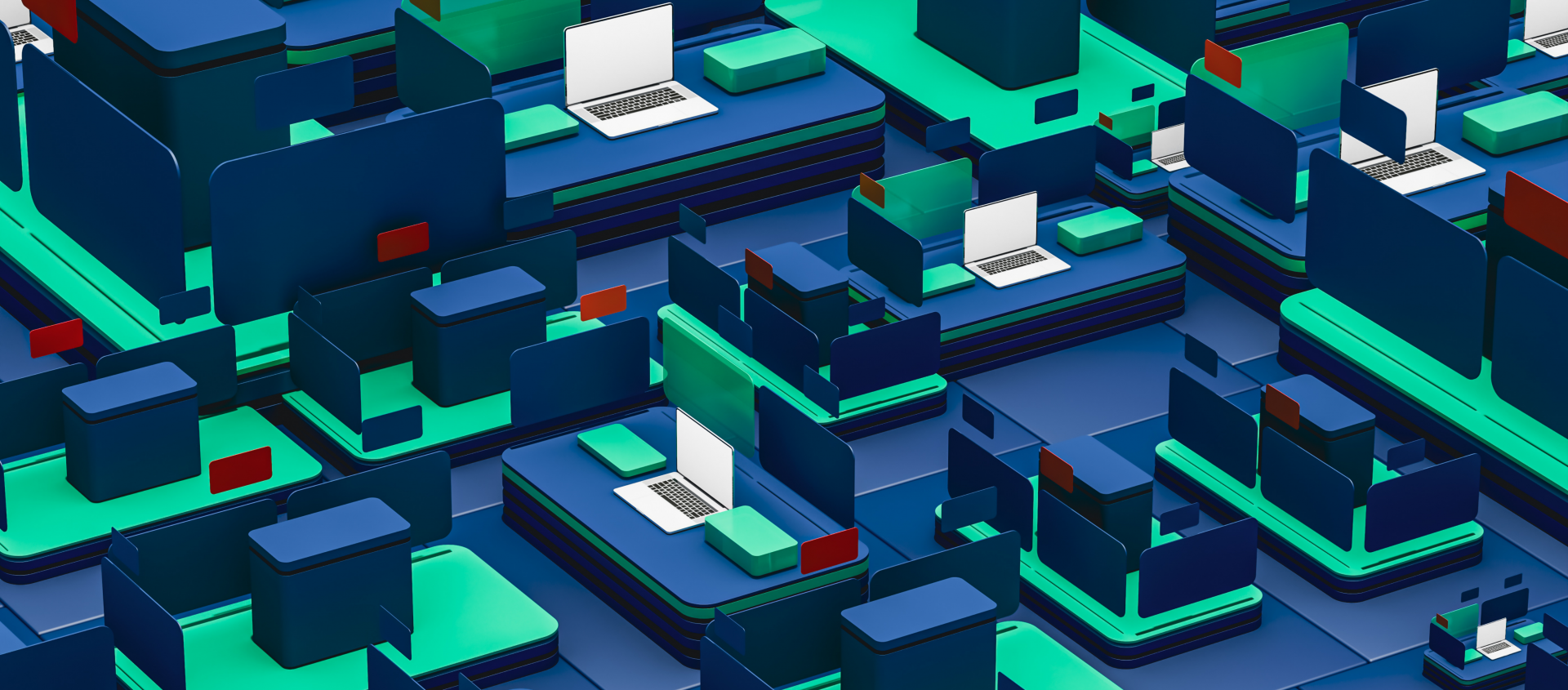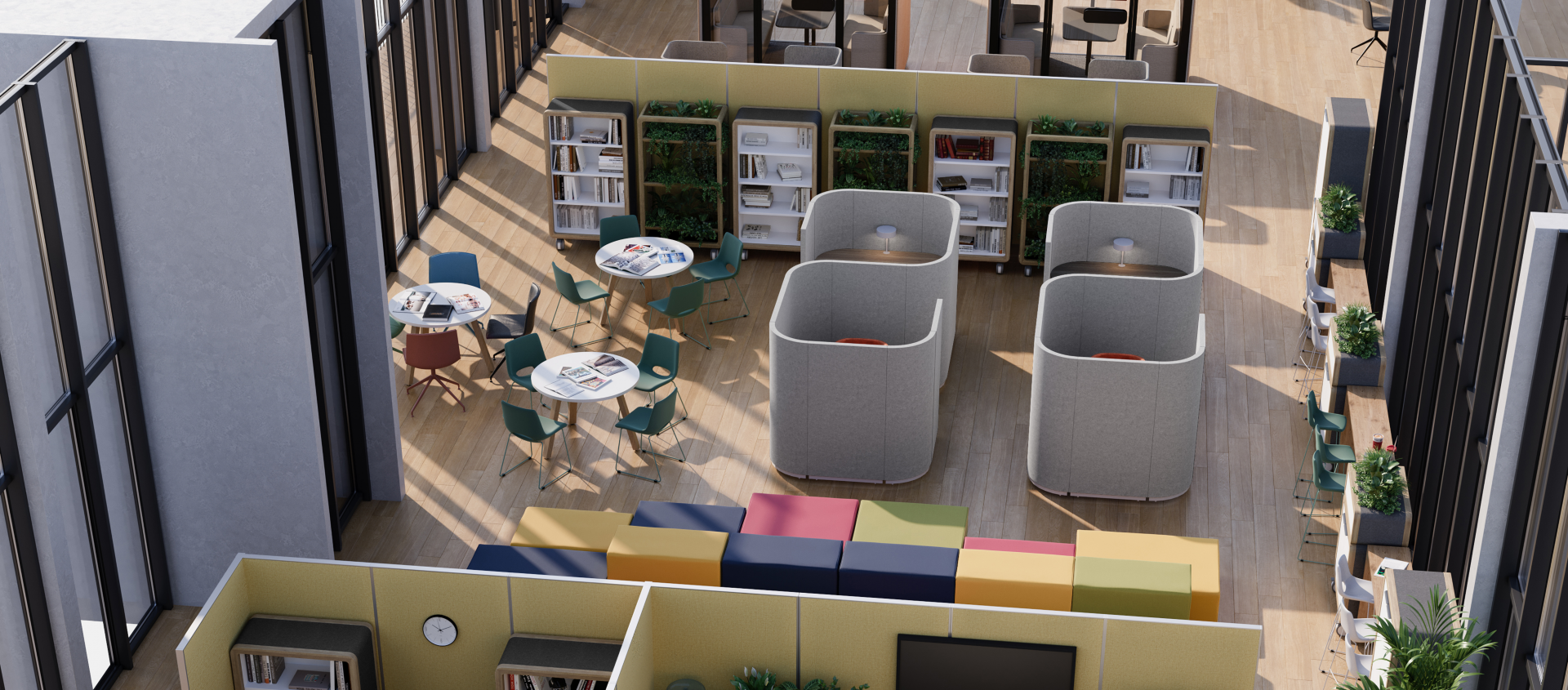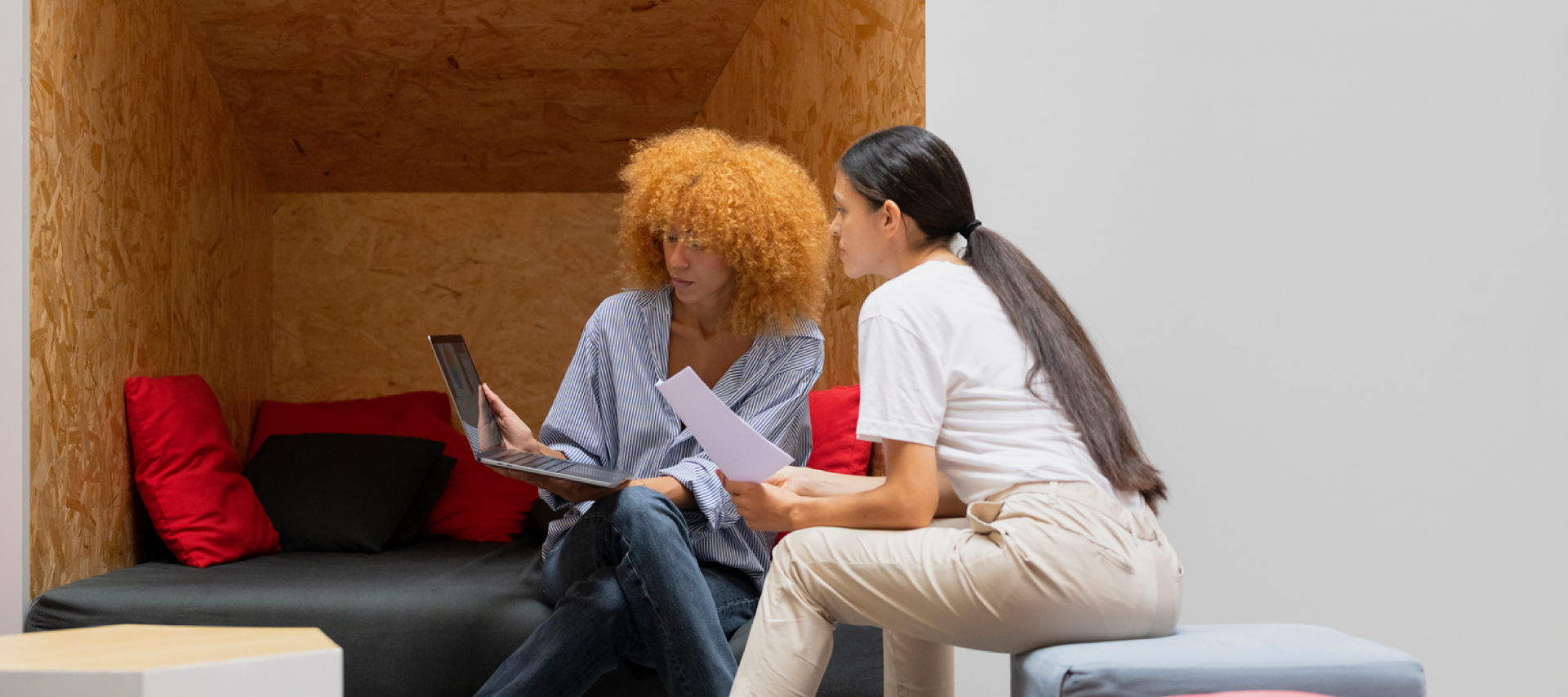Top 5 Workplace Trends Shaping 2025
written by OLG
The workplace in 2025 will be defined by innovation, with nuanced shifts responding to global challenges, evolving employee expectations, and advancements in workplace technology. As businesses navigate economic pressures, climate commitments, and workforce well-being, office environments must become more adaptive, intelligent, and human-centric.
Here are five key trends reshaping the future of workplaces in meaningful ways:
Hybrid Work 2.0
The rise of intentional office time:
While hybrid work is now standard, 2025 will see a focus on intentionality.
But as organisations refine their strategies, 2025 will see a shift from where people work to why they come into the office. Offices will be designed to support intentional interactions, with in-office time dedicated to activities that foster collaboration, culture, and innovation rather than routine, individual tasks.
Expect a rise in flexible zones, where workspaces seamlessly transition between collaborative and focused settings, catering to the varying needs of hybrid teams. Companies are also experimenting with “anchor days”, structured in-office experiences designed to strengthen relationships and drive creativity. According to recent workplace studies, employees who engage in intentional, structured office interactions report higher job satisfaction and productivity compared to those in traditional hybrid setups.
Biophilic Design Meets Performance
Biophilic design is moving beyond aesthetics, becoming an integral factor in workplace performance and well-being. Research has long suggested that nature-inspired work environments improve cognitive function, reduce stress, and enhance productivity—but 2025 will see a shift towards measurable outcomes.
Designers are integrating circadian lighting systems that mimic natural daylight patterns to support employees’ sleep-wake cycles and reduce fatigue. Beyond incorporating greenery and timber accents, active biophilic elements such as air-purifying green walls, nature-based acoustics, and water features are being utilised to enhance air quality, mental clarity, and sensory experiences in the workplace. A report by Planet Ark highlights that the use of wood and biophilic design in Australian workplaces has clear benefits for both employees and organisations, including increased workplace satisfaction and well-being.
Sustainability as Standard
Sustainability will no longer be a unique selling point—it will be the default expectation. The shift toward net-zero workspaces is accelerating, driven by Australian government regulations, corporate ESG commitments, and employee demand for more responsible business practices. In 2025, workplaces will be designed with low-impact materials, circular economy principles, and energy-efficient solutions that minimise their carbon footprint.
Furniture manufacturers are embracing modular and reconfigurable designs to extend product life cycles and reduce waste. Reclaimed materials and carbon-neutral production processes will become commonplace, with organisations measuring sustainability not just through compliance but through tangible impacts on operational efficiency and cost savings. The rise of green certifications, such as Green Star (GBCA) and WELL, will further encourage companies to rethink their workplace sustainability strategies, ensuring office design aligns with national and global climate goals.
Hyper-Connected Workspaces
Technology is no longer just a convenience—it’s becoming the backbone of smart, data-driven workplaces. In 2025, offices will be more responsive, using AI and IoT (Internet of Things) to optimise space utilisation, enhance employee experience, and support workplace well-being.
Sensors and smart systems will track occupancy levels, air quality, and temperature preferences, allowing companies to make real-time adjustments that improve comfort and efficiency. AI-powered platforms will enable customised workstation experiences, adjusting lighting, desk height, and ambient settings based on personal preferences. As automation continues to reduce administrative burdens, employees will have more time to focus on high-value, creative work. Studies suggest that AI-driven workplace personalisation can lead to an 80% increase in productivity.
Designing for Neurodiversity
Workplace inclusivity is evolving beyond physical accessibility to include cognitive and sensory diversity. In 2025, neurodiversity-friendly design will be a key consideration, ensuring workspaces support employees with different sensory and processing needs.
Expect to see sensory-friendly zones designed to minimise overstimulation through soundproofing, softer lighting, and controlled ambient noise. Colour palettes will be carefully selected to promote focus and well-being, avoiding harsh contrasts and excessive visual clutter. Adaptable furniture—such as height-adjustable desks, modular seating, and private focus pods—will help employees tailor their workspaces to their specific needs. According to the Australian Design Review, designing workplaces with neurodiversity and inclusivity in mind has the potential to create a more inclusive and productive work environment for all.




